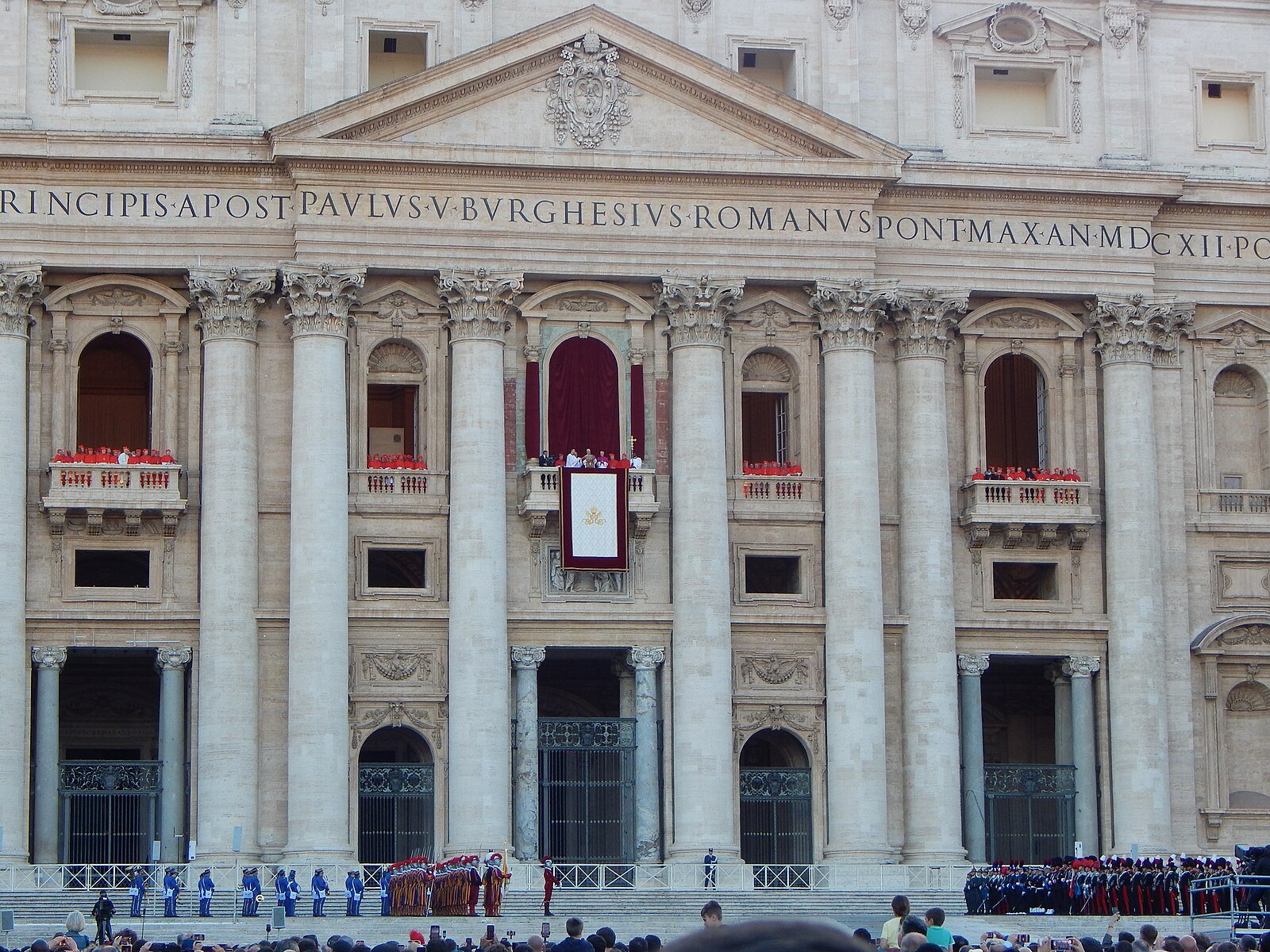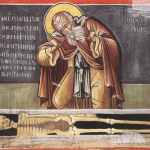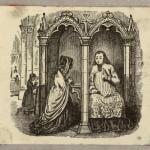I was thrilled to see that Pope Leo XIV is indeed a Rerum Novarum guy, which I’ll explain in a sec but first here are his own words, from his May 10th address to the College of Cardinals:
. . . I chose to take the name Leo XIV. There are different reasons for this, but mainly because Pope Leo XIII in his historic Encyclical Rerum Novarum addressed the social question in the context of the first great industrial revolution.
In our own day, the Church offers to everyone the treasury of her social teaching in response to another industrial revolution and to developments in the field of artificial intelligence that pose new challenges for the defence of human dignity, justice and labour.
Takeaway: If you want to understand our current Pope Leo, it behooves you to read the encyclical that inspired his name.
What is Rerum Novarum?
The Encyclical (letter) Rerum Novarum is subtitled On Capital and Labor, and that tells you most of what you need to know. Written in 1891, it’s sixty-three nuanced and carefully composed paragraphs about questions such as:
- Was Karl Marx right? Can a Catholic be a Communist?
- Is Laissez-Faire capitalism acceptable or even desirable?
- Are labor unions good or bad?
- When should the government intervene in business and family life?
More fundamentally, the encyclical looks at our roles and responsibilities as human beings living in a community and with stewardship over the land and other resources God has given us. What conditions are most favorable to our flourishing?
Is Rerum Novarum too difficult to read?
Not at all!
If you are comfortable reading this blog and reading at the level of, say, The Wall Street Journal opinion page, you’re fine.
You’ll need a few pieces of basic background information to understand what Rerum Novarum is talking about:
- A basic understanding of Marxism vs. Free Market Capitalism, such as you should have gotten in high school economics.
- A general idea of the living and working conditions of the working class during the time period in which Rerum Novarum was written.
In addition to history class, you probably picked up a good-enough background knowledge by reading Dickens, The Jungle, or even the Samantha series of American Girl books.
This background knowledge is important because as Pope Leo XIII is laying out the principles of Catholic social teaching, he is specifically responding to what was going on in his time.
–> There are places today where similar working and living conditions are still the norm, but also, thanks to a century-and-some of ongoing reform, many of us can look at our communities and local employers and find that things are in fact pretty darn okay.
What’s the most important thing to keep in mind as you’re reading?
So of course as you are reading through Rerum Novarum, you’ll want to be aware of historic context.
Most importantly, though, you need to remember that neither our current Pope Leo nor the previous one are operating on modern American political party lines. (Whatever that means, it seems to be morphing quite a bit.)
So just read the words on the page, don’t try to “read into” the text meaning that is not there, and above all know this: Every time Leo XIII lays out a general principle, he promptly follows-up with a counter-balancing point.
It turns out the path towards human happiness doesn’t lie in rage-bait extremes. Enjoy!
Related:
- The Terrible Problem with Laudato Si’
- Should the Catholic Church be involved in politics?
- What Happens When We Abandon Subsidiarity?
Photo: The facade of St. Peter’s upon Leo XIV’s first appearance, CC 4.0.















